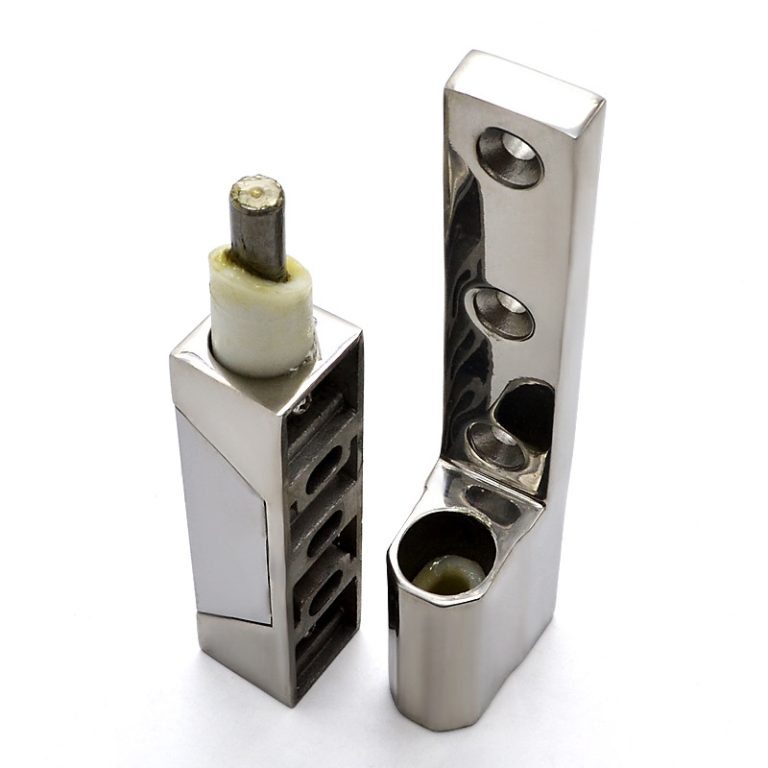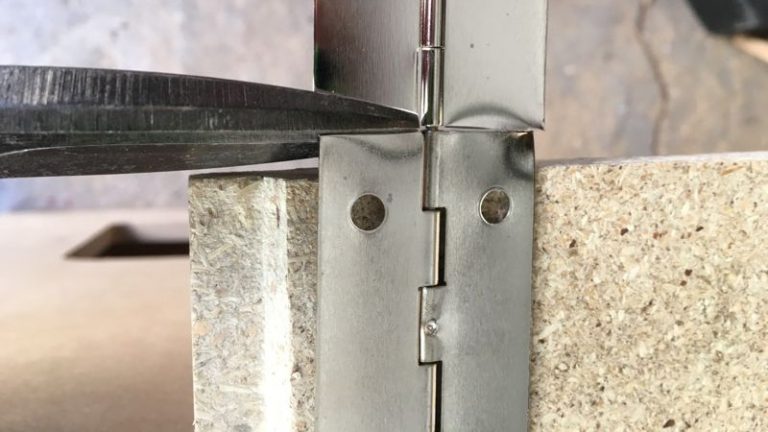Why Is There Fuzziness on Lumber After Planing? – UKO Blog

Have you ever noticed that after planing, there seems to be fine fuzziness on lumber? It may be everywhere, or it may be in certain areas. Unless there is very bright lighting at the exit end of the planer, it is difficult to detect. Fuzz does cause spots during staining and surface roughness. Fuzzy may ruin your day and your project. Then do you know why there is fuzziness on lumber after planing?
Here are some simple reasons as following.
- Tool concentricity: Ordinary woodworking helical cutter heads are designed with 4-6 teeth. If the concentricity is not good, some teeth will not work without force, which will cause the wood cutting to be uneven and fuzzy.
- The angle of the spiral cutter head: For processing different woods, the design of the reak and rear angles of the spiral cutters are different. If the softwood is processed according to the hardwood cutter, obvious lumber fuzzy grain will appear.
- The sharpness of the reversible knife: the cutting edge of the knife is not sharp is the main reason for the wood fuzzy, which is directly related to the insufficient grinding of the knife before leaving the factory or cutter is blunt for a long time use.
- The accuracy of the spiral planer shaft and the accuracy of the bearing: the worn of the shaft and the damage of the bearing will indirectly affect the cutting accuracy of the tool, and the surface finish of the lumber during processing. Even fuzzy grain or ripples appear.
- The stability of the workpiece feed and the feed speed of the workpiece, the speed of the planer shaft: uneven feeding speed, uneven size and thickness, and insufficient speed or power of the tool shaft may cause the workpiece to fluff.
- The cutting amount of the cutting tool is too large: the cutting amount of the processed wood is generally controlled within 5mm, or even about 2mm, to ensure the smooth cutting of the wood and the light force. Otherwise, excessive cutting is also the cause of a rough surface.
Slender, sharp knives (large rake angle) will help solve this situation. Usually, the solution in practice is to use a sanding sealant or wash coat on the wood after planing but before sanding. This treatment makes the fibers stand up and then fixes them so that they can be polished clean.
Have something to say? Just share your thoughts with UKO.



